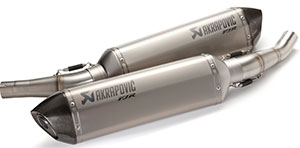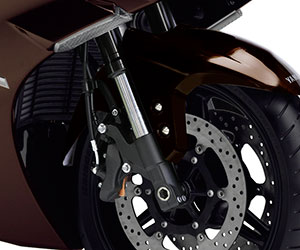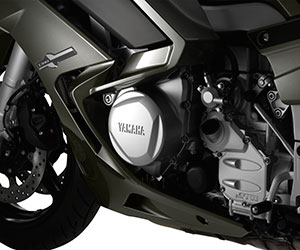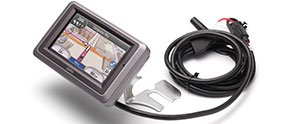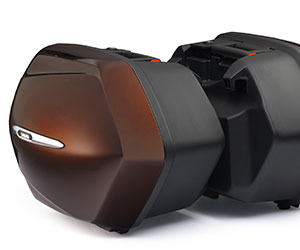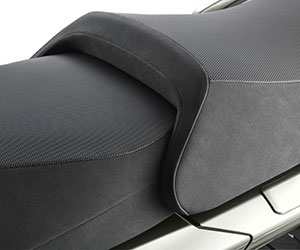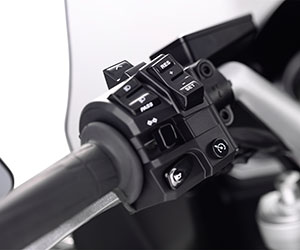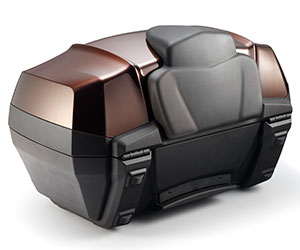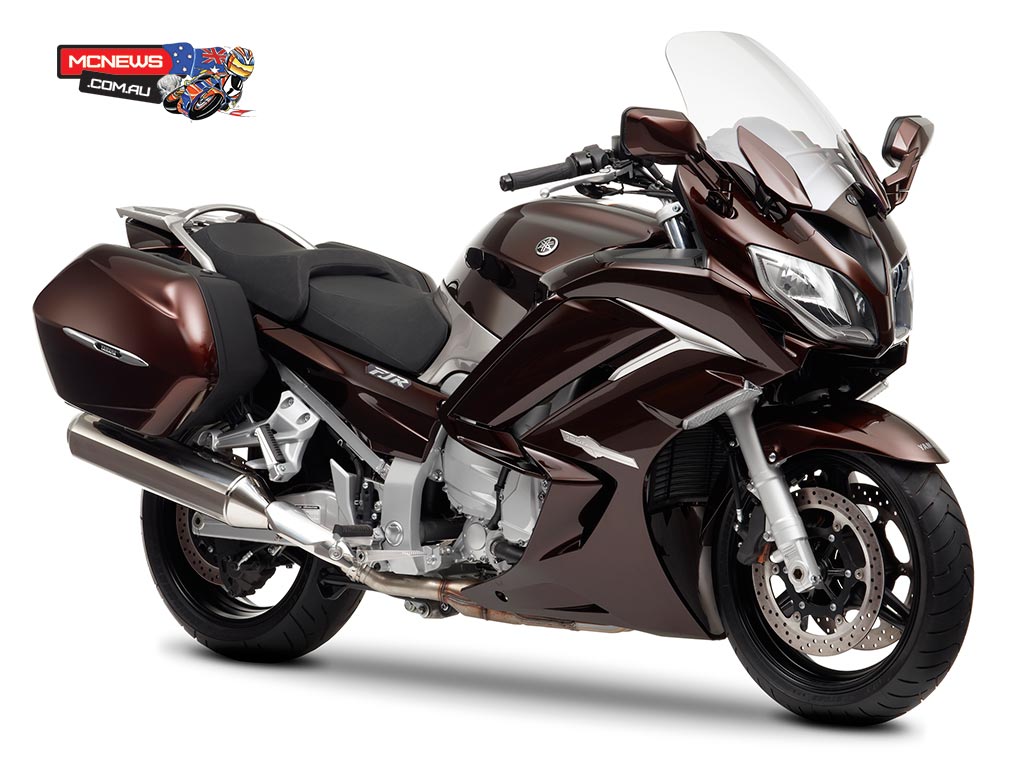— Yamaha’s revamped FJR1300
Last given a significant revamp in 2006, Yamaha’s FJR1300 has been a little overdue for an overhaul but the tuning fork brand is making up for lost time by introducing a heavily upgraded model for 2013.
The 1298cc in-line four is retained but upgraded with the latest fly-by-wire throttle technology which has allowed Yamaha to offer not only variable riding modes (sport or touring) along with more useful features such as traction control and cruise control. Operational in the upper three gears above speeds of 50 km/h the cruise control is operated via switches on the left handlebar assembly. A feature nice to have for those heavily policed highway drones.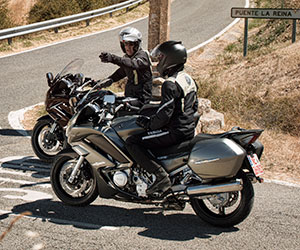
Other tweaks to the throttle bodies and exhaust system have helped raise the power output of the FJR1300 slightly along with raising efficiency to a level that has enabled Yamaha to halve the amount of catalysers in the exhaust while still meeting the strictest emission requirements. Sleeveless cylinders also feature on the FJR for the first time, bringing YZF-R1 technology to the fore.
Instrumentation is also vastly improved with a large multifunction LCD dominating the new layout flanked by a conventional tachometer. Aerodynamics has improved due to more streamlined bodywork and the electrically-operated screen features new ducts to remove back pressure while featuring better protection. New headlights make an appearance and LED running lights further modernise the FJRs look. 30-litre panniers are a standard feature.
Yamaha have long offered the FJR1300 with a clutchless gear-change system which shifts both quicker and smoother in the new model. This makes the FJR1300AS a particularly appealing mount for older riders who are starting to suffer from arthritis in their hands, or people that spend a lot of time on the city commute. Shifting up or down the five-speed gearbox is done via either a conventional foot lever or by a paddle on the bar. While the previous model required the rider to pre-select which shift mode they were going to use, now the system allows for seamless operation between either shifters. A new ‘stop mode’ function automatically selects first gear when the FJR1300AS is coming to a stop from low speeds which could prove very handy in city traffic and, wisely, the new stop mode function can be turned on or off by the rider.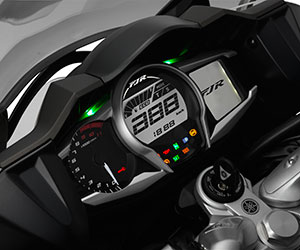
Yamaha have also joined the ranks of manufacturers offering electronic suspension adjustment with the AS model only scoring push-button adjustment of both the front and rear suspension. Preload settings allow for varying load changes through four stages and damping is selectable through ‘soft’, ‘sport’ or ‘hard’, providing a combination of 12 suspension set-ups. The AS also boats new upside-down forks with the compression circuit in the left fork leg and rebound in the right, as used on Yamaha’s flagship YZF-R1 sportsbike.
The non auto-shift FJR1300 model does not boast electronic suspension adjustment but has benefitted from new fork internals while the rear spring rate and damping circuits have been revised to suit the new fork settings.
That all adds up to a significantly updated FJR1300. Yamaha Australia expect their first stocks of the new machines to arrive in December and are suggesting a slight rise on the $23,999 sticker price of its predecessor.
